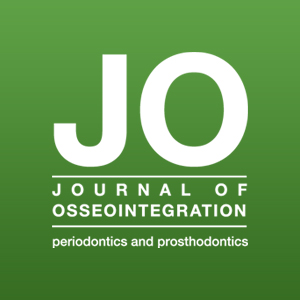Articles
Vol. 13 No. 4 (2021)
Sub-antral volumetric variation after a modified trephine sinus elevation approach: An 8-month prospective study

Publisher's note
All claims expressed in this article are solely those of the authors and do not necessarily represent those of their affiliated organizations, or those of the publisher, the editors and the reviewers. Any product that may be evaluated in this article or claim that may be made by its manufacturer is not guaranteed or endorsed by the publisher.
All claims expressed in this article are solely those of the authors and do not necessarily represent those of their affiliated organizations, or those of the publisher, the editors and the reviewers. Any product that may be evaluated in this article or claim that may be made by its manufacturer is not guaranteed or endorsed by the publisher.
Received: 14 February 2021
Accepted: 17 March 2021
Accepted: 17 March 2021
847
Views
382
Downloads












